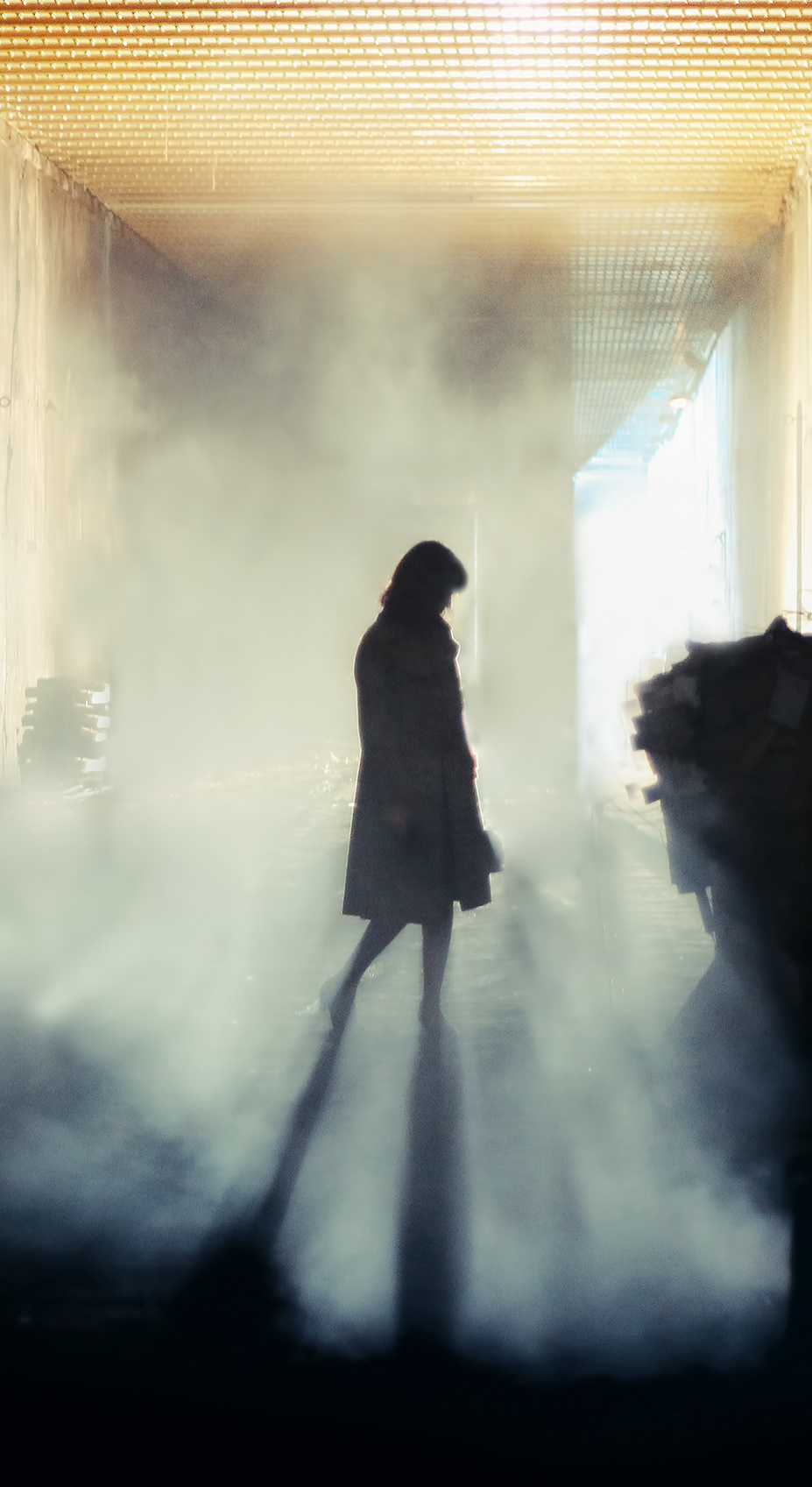What is immersive theatre and why did I decide to write about it?
If you look at my social media, you’ll see a lot of posts about immersive theatre. This is probably unsurprising, given that I’ve written a book on the subject. But what is it, and why did it intrigue me enough that I decided to write a book about it?
In very simple terms, immersive theatre is a theatrical performance where the audience are placed in the show, rather than watching from a distance as the story plays out on stage. Within that broad definition, there are various different formats. In some productions, the audience have a large amount of control over how they experience the show. They can explore the set freely, focusing on whatever aspects of the story interest them the most. In other shows, the audience is guided through the set, with the scenes unfolding in a particular order. Some shows rely heavily on audience participation, while, in others, the audience are present, but not actively involved. It’s a broad church, with room for a lot of unique and innovative experiences, but I think the universal aspect of immersive theatre is that the audience feels as though they are part of something.
A key theme of The Theatre of Glass and Shadows is the desire to be part of something, to be accepted, to be able to point to a little piece of the world and say ‘this is where I belong.’ When I first decided I wanted to write about immersive theatre, that was not what I thought the book was going to be about at all. I also didn’t think it was going to be about a secretive theatre district encompassing a sizeable chunk of Lambeth, or a show that had been running for so long that no one knew how it began, but there you go.
Halfway through that first visit to The Drowned man, the three of us convened in the bar, which was the only place where you were allowed to talk or remove your mask.
‘There was a naked man in a bath,’ I said, trying to sound casual, as though experimental theatrical experiences involving nudity and splashing happened to me all the time. ‘And a secret passage. Did anyone else find the secret passage?’
‘Which one?’ our friend asked. Then, after a pause, ‘Actually naked?’
Something was troubling my partner. ‘People are being taken away,’ he said. ‘Stared at, then taken away.’
We sipped our drinks, contemplating secret passages, naked men and strange abductions, and then we donned our masks, and set out once again into the labyrinthine set. By the time we reconvened, I was certain of two things – that I needed to go back, probably more than once, and that I had found the setting for my next book.
I might have found the setting, but finding the right story took a lot longer. In early drafts, something I kept coming back to was the relationship between performer and audience. I knew the key to the story was there, but I couldn’t quite put my finger on it. Then, in the run-up to my second visit to The Drowned Man, I found what I was looking for. During that first show, I’d been intrigued, transported, but I was very aware that I’d missed far more than I’d seen. I decided to do a little bit of research, and I stumbled across a Facebook group set up by fans of Punchdrunk. It had maps, guides to character loops, accounts of particular performances, theories about the meaning of specific aspects of the show – all sorts of things.
My initial reaction was to be a little sniffy about the level of investment that was evident in the group. These were grown adults, talking about a fictional world and fictional people as though they were real.
Then I had an epiphany.
This was wonderful. It was people taking joy in a shared world, working together to explore it, document it, tease out its hidden stories. Those playful collaborations made me realise that what I wanted to write about was the way people engage with stories, the way they fill in the spaces around them, bring their own interpretations to them.
So that’s what I did. The Theatre of Glass and Shadows is set in the Theatre District, which has, at its heart, an immersive show that has been running for centuries, but it’s about the people who love the district, and the way they find joy and belonging in coming together to talk about it, and to record its stories and uncover its secrets. It’s about Juliet, who has never known the truth about her own identity, and comes to the Theatre District in search of answers. It’s a story about stories, about the search for a coherent narrative, for patterns and meaning in the world around us.
As we get closer to publication, I’ll be posting more about immersive theatre, and about stories in all their forms. In my next post, I’ll be recommending some shows for anyone interested in dipping a toe in – or fully immersing!
Anne
So how did the book come about? Well, it probably wouldn’t exist if it wasn’t for something entirely random. I was scrolling the Mumsnet parenting forum and I came across a post by somebody trying to decide whether or not to go to something that they weren’t entirely sure they were going to enjoy. They didn’t say what the event was, but there were enough details for someone to reply with ‘If it’s The Drowned Man, you should definitely go.’ A couple more people posted in agreement, and my interest was piqued enough for me to go away and look up The Drowned Man, which turned out to be a large scale site-specific show, created by immersive theatre giants, Punchdrunk, and located in the old Post Office sorting office next to Paddington Station. It sounded unlike anything I’d ever experienced, and I got straight on to a theatre-loving friend of mine and suggested we went along. He was keen, so about a month later, he, my partner and I joined the queue for entry to The Drowned Man.
It was an…interesting night.
As I now know, Punchdrunk have developed a form of immersive theatre which has almost become a genre in its own right. Many of their shows follow a particular format, in which the audience are masked and instructed not to speak as they explore the vast sets, or follow characters whose individual stories collide and intersect in various ways over the course of three repeated loops. The fictional worlds created by Punchdrunk are detailed and multi-layered, full of information about the characters and their histories, references to mythology, even nods to other shows. Open a draw and you’ll find files, books, schedules of accounts, all relevant to what is playing out on set. Pick up a note dropped by a character, and discover a secret connection to some other aspect of the story.



